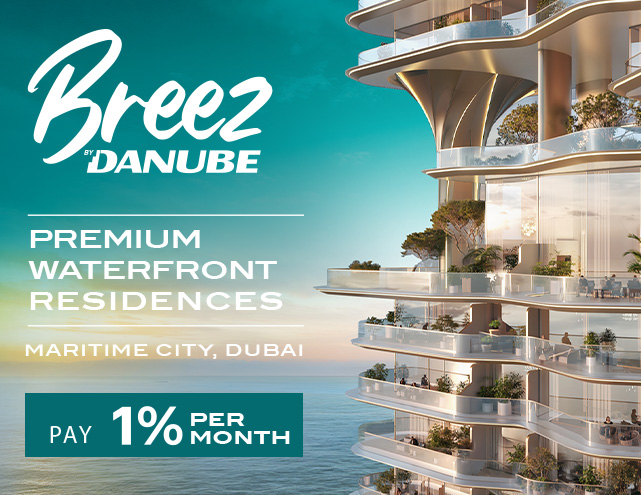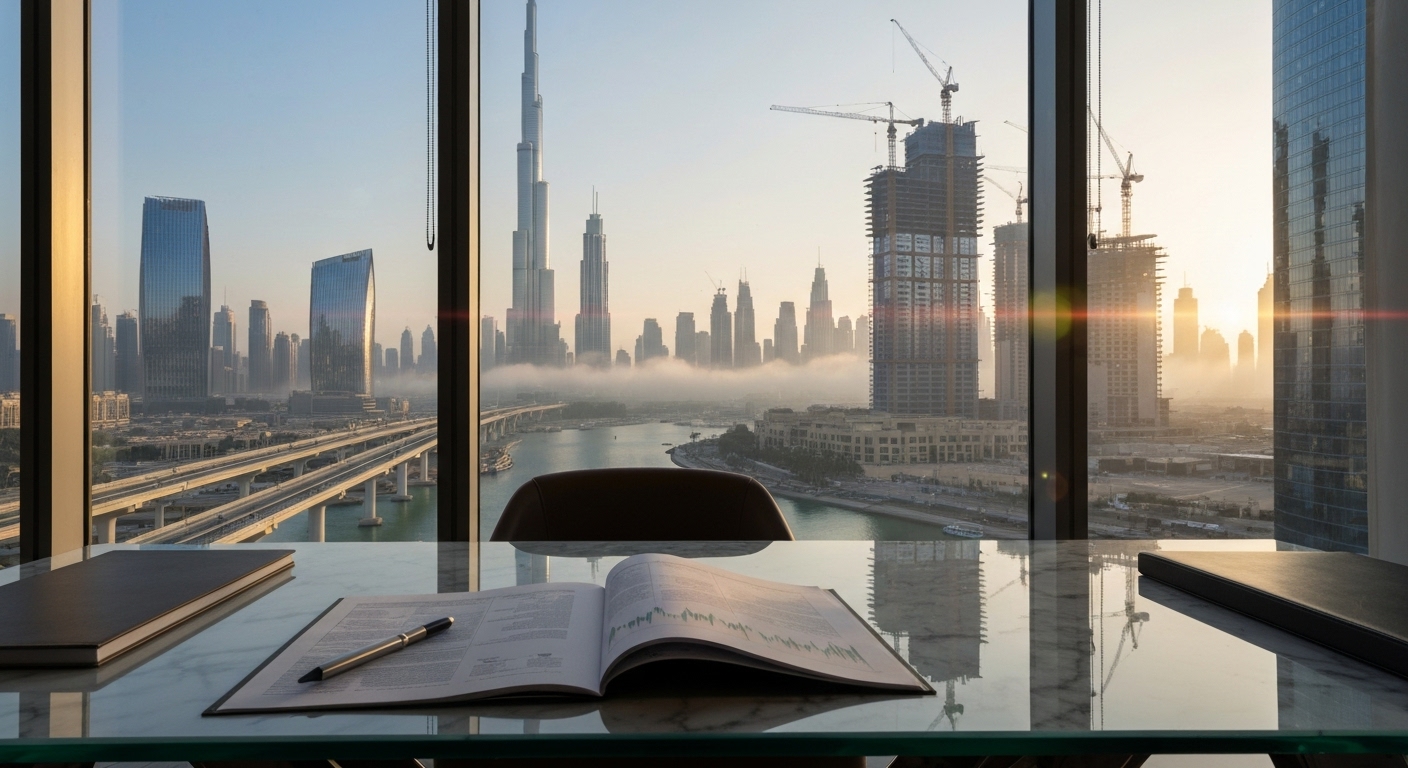Dubai’s property market continues to be a focal point for investors seeking robust returns and stable growth. If you’re asking, “What’s the forecast for Dubai property price growth through 2026?” this article breaks down recent trends and expert predictions, leveraging up-to-date statistics and local context relevant for investors, homeowners, and advisors looking to make informed decisions in the evolving Dubai real estate landscape.
Understanding the Current Landscape of Dubai’s Property Market
Dubai’s real estate sector displayed notable resilience and vitality through 2024 and the first half of 2025. Average property prices appreciated by 7.8% year-to-date in 2025, with some communities markedly outperforming the average. Luxury properties—particularly in Palm Jumeirah and Dubai Marina—have been at the forefront, posting gains of 12–15% since January 2025. This growth reflects strong demand from international buyers, alongside solid interest from regional investors targeting high-end, waterfront developments.
This surge is not isolated to only the luxury segment. Broader market fundamentals remain strong, with population growth, new infrastructure projects, and a maturing regulatory environment all signaling further sector stability and investor confidence. Government initiatives aimed at making property ownership more accessible, paired with innovative financing, have notably widened the buyer base across the emirate.
Key Drivers of Property Price Growth in Dubai (2024–2026)
Several core factors are sustaining and accelerating property price growth in Dubai through 2026. First, the expanding population, underpinned by business-friendly visa reforms and the UAE’s appeal as a global business hub, is strengthening end-user demand. Second, the government’s ongoing commitment to infrastructure—new metro lines, roads, and community facilities—enhances the liveability and connectivity of key districts.
Premium and emerging neighborhoods continue to attract inward capital, benefiting from their proximity to business centres, top-tier schools, and leisure amenities. Third, developer strategies are increasingly aligned with genuine market demand, focusing on launches in the mid- and upper-income sectors, aiming for long-term capital appreciation rather than speculative volatility.
Combined, these elements point to a diversified market. Investor attention is expected to remain high, particularly in established communities like Dubai Marina and upcoming areas that showcase strong rental yields and the potential for sustainable price appreciation.
Residential vs. Commercial: Sector Performance Example
While residential assets are expected to see continued price growth—forecast at around 10% on average through the end of 2025—commercial sectors will also benefit from economic diversification, expanding demand for office and retail space, and Dubai’s regional role as a trade and innovation hub. Luxury and waterfront residential properties are anticipated to lead in price appreciation, while mid-market apartments and villas are likely to see stable and sustainable gains. Commercial property growth could vary, with prime offices in business districts such as DIFC and Business Bay expected to outperform less central markets.
Conclusion
Directly answering the question, “What’s the forecast for Dubai property price growth through 2026?”: Dubai’s property market is forecast to sustain steady growth, with average price gains projected at up to 10% in 2025 and continued strong performance in key residential and commercial segments through 2026. Local and international demand, infrastructure investment, and prudent government regulation create a balanced landscape for capital appreciation and yield generation. For those considering entry or expansion in Dubai’s dynamic property arena, the next two years present promising opportunities.




